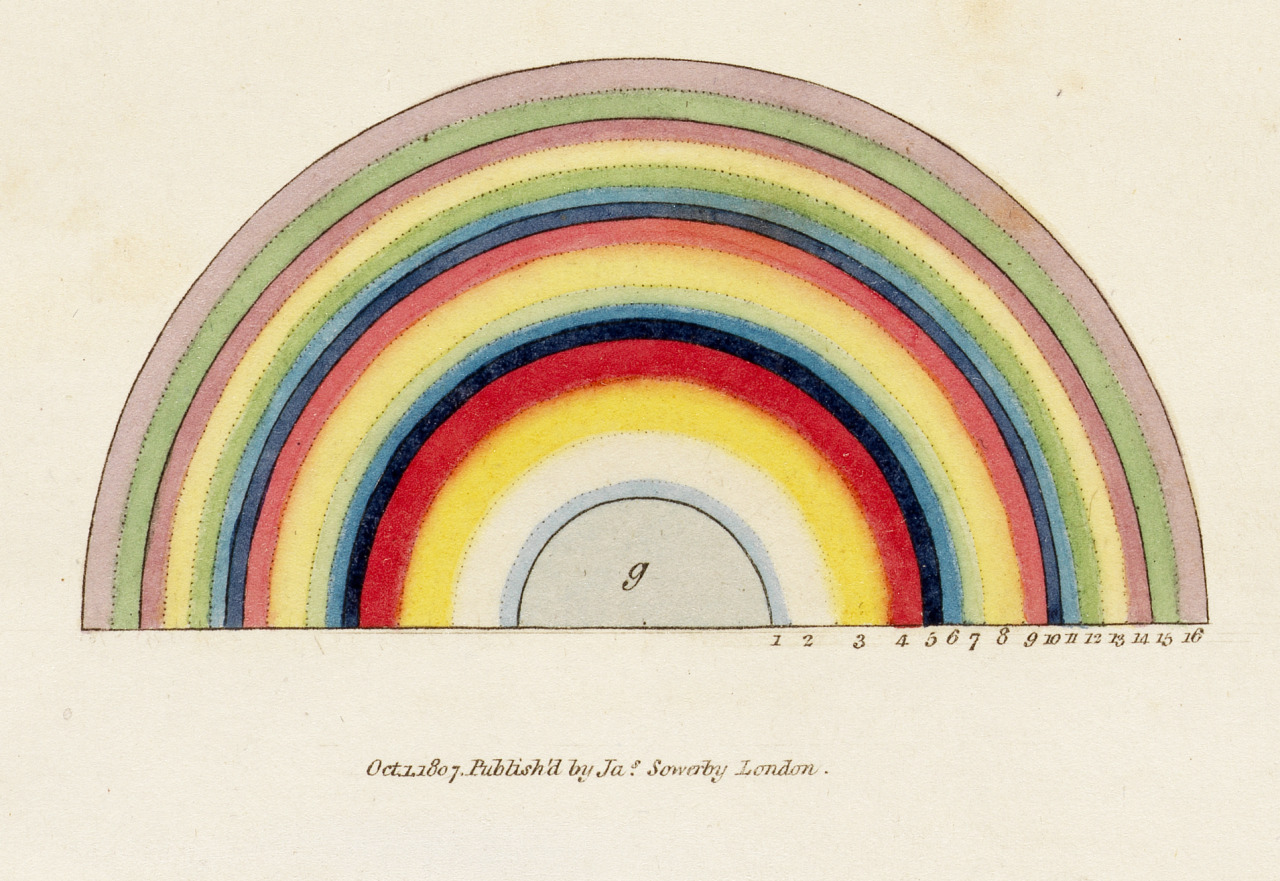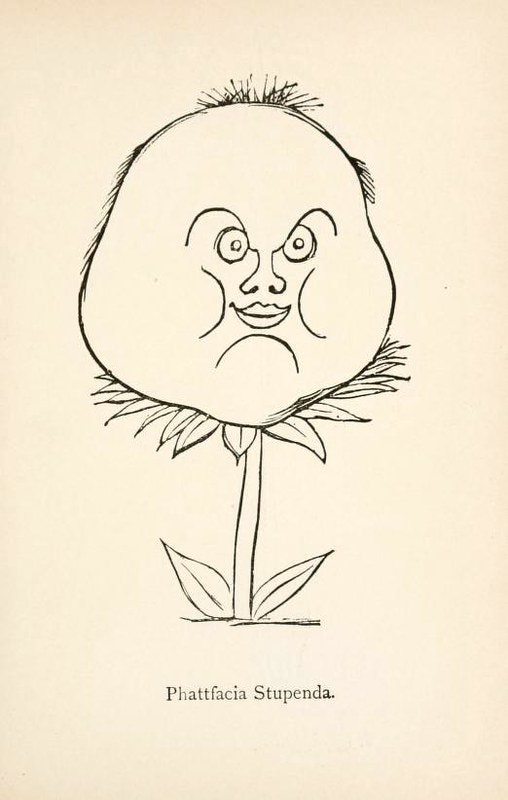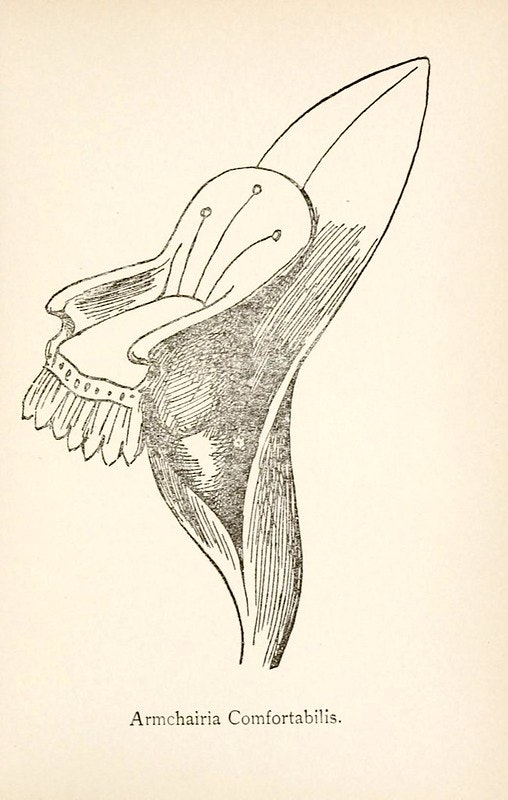Karl Marx was a German philosopher-historian (with a few other pursuits besides) who wrote in pursuit of an understanding of industrial society as he knew it in the nineteenth century and what its future evolution held in store. There are good reasons to read his work still today, especially if you have an interest in the history of economic and sociological theory, or in the time and places he lived. But in the almost century-and-a-half since his death — and more so during the twentieth century, during which the ostensibly Marxist project of the Soviet Union rose and fell — he’s turned from a historical figure into an iconic specter, representing either penetrating insight into or catastrophic delusion about the organization of human society.
It was surely Marx’s tendency to inflame strong opinions that got him placed at the center of a debate between the psychologist/cultural commentator Jordan Peterson and the philosopher/cultural theorist Slavoj Žižek. The event took place in 2019, at Toronto’s Sony Center, billed as a clash of the titans on the subject of “Happiness: Capitalism vs. Marxism.”
In fact, it ended up covering a wide range of twenty-first-century issues, with each of the two unorthodox, highly recognizable public intellectuals giving characteristic performances on the economic and political ideologies of the day. Yet they aren’t as opposed as one might have imagined: “I cannot but notice the irony of how Peterson and I, the participants in this duel of the century, are both marginalized by the official academic community,” Žižek remarks early on.
Indeed, writes the Guardian’s Stephen Marche, “the great surprise of this debate turned out to be how much in common the old-school Marxist and the Canadian identity politics refusenik had. One hated communism. The other hated communism but thought that capitalism possessed inherent contradictions. The first one agreed that capitalism possessed inherent contradictions.” Nevertheless, as in many a debate, the surprising common ground is more interesting than the predictable points of conflict, especially on themes broader than any set of ‑isms. “My basic dogma is, happiness should be treated as a necessary by-product,” says Žižek. “If you focus on it, you are lost.” To this proposition Peterson later gives his hearty assent. As for what, exactly, to focus on instead of happiness… well, that’s a matter of debate.
Related content:
Slavoj Žižek Calls Political Correctness a Form of “Modern Totalitarianism”
Karl Marx & the Flaws of Capitalism: Lex Fridman Talks with Professor Richard Wolff
Clash of the Titans: Noam Chomsky & Michel Foucault Debate Human Nature & Power on Dutch TV, 1971
Slavoj Žižek Responds to Noam Chomsky: ‘I Don’t Know a Guy Who Was So Often Empirically Wrong’
An AI Generated, Never-Ending Discussion Between Werner Herzog and Slavoj Žižek
Based in Seoul, Colin Marshall writes and broadcasts on cities, language, and culture. His projects include the Substack newsletter Books on Cities and the book The Stateless City: a Walk through 21st-Century Los Angeles. Follow him on Twitter at @colinmarshall or on Facebook.







